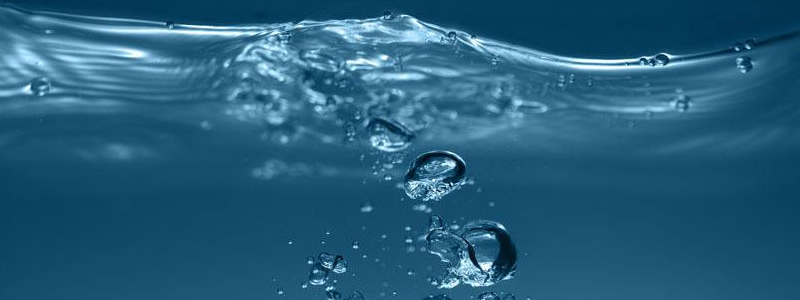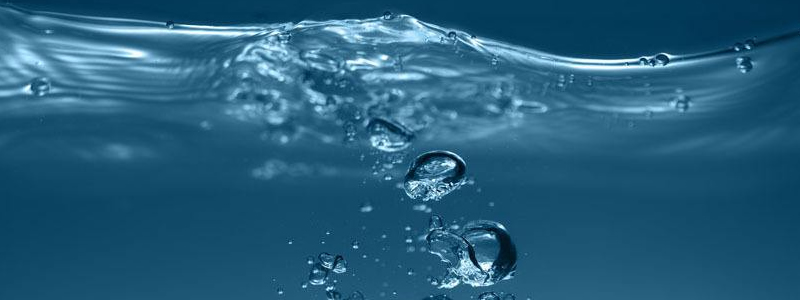
The safety of superabsorbent polymers
The safety of superabsorbent polymers
Superabsorbents are safe for use in absorbent hygiene products. They have been extensively tested and researched. Scientists and doctors alike have reviewed the research and confirm that superabsorbent material is safe.
Superabsorbents have a proven history of safe use and their benefits have been widely recognised by experts in toxicology, general medicine, nursing and paediatrics. The use of superabsorbent polyacrylates in personal hygiene products has brought considerable health, hygiene, environmental and lifestyle benefits to the carers and people using these products.
This Material Safety Data Sheet(MSDS) shows that SAPs are considered non toxic.
Sodium Polyacrylate, Cross-linked is a white, granular, odorless polymer that forms a gel-like material with water. It is insoluble in water and causes slippery conditions when wet. Although not regulated as a hazardous material, the respirable dust is a potential respiratory tract irritant.
General Product Information
Acute inhalation of respirable dust may cause irritation of upper respiratory tract and lungs.
Acute Toxicity – LD50/LC50
Oral: LD50/oral/rat > 1600 mg/kg, Mouse LD50 > 3200 mg/kg
Dermal: Not irritant (Human, Rabbit)
Inhalation: The product is not expected to be toxic by inhalation.
Irritation
Skin: Not irritating.
Eyes: Not irritating.
Carcinogenicity:None
Chronic Toxicity:No chronic effects.
Mutagenicity:Not mutagenic.
AMES test is negative using Salmonella typhimurium (TA98, TA100, TA1535 and TA1537) and E-coli(WP2uvrA)
There’s been a lot of research done in this area, and the conclusion is that they’re safe.The FDA allows SAPs to be added to food.
 Previous
Previous  Next
Next Get answers and advice from people you want it from.